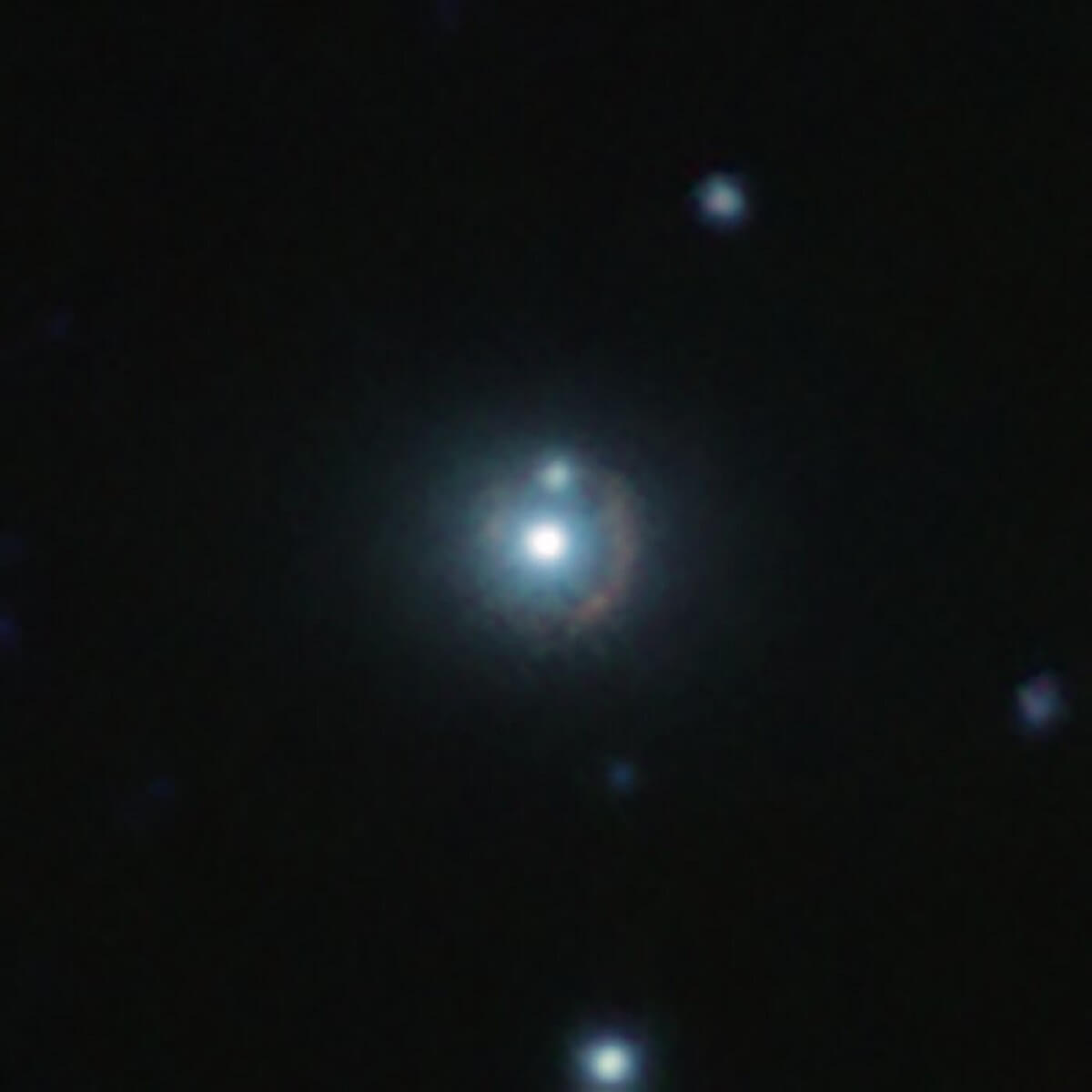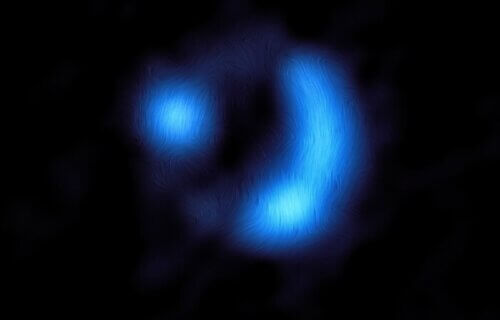HERTFORDSHIRE, United Kingdom — Astronomers have achieved the most distant detection of a galaxy’s magnetic field to date — located more than 11 billion light-years from Earth. The galaxy, known as 9io9, offers a glimpse into the universe when it was just 2.5 billion years-old.
The galaxy was first identified in 2014 by viewers of the BBC’s “Stargazing Live,” who were asked to sift through millions of images in search of far-off galaxies. This latest discovery provides crucial insights into the formation of magnetic fields in galaxies, including our own Milky Way.
To make this groundbreaking discovery, researchers utilized the Atacama Large Millimeter/submillimeter Array (ALMA) telescope.
“Many people might not be aware that our entire galaxy and other galaxies are laced with magnetic fields, spanning tens of thousands of light-years,” says James Geach, a professor of astrophysics at the University of Hertfordshire and the study’s lead author, in a media release. “No other telescope could have achieved this. This discovery gives us new clues as to how galactic-scale magnetic fields are formed.”

The research team includes members from the European Southern Observatory (ESO) and Stanford University. They observed that the magnetic field in galaxy 9io9 is fully developed and similar in structure to those in nearby galaxies, though about 1,000 times weaker than Earth’s magnetic field. Remarkably, it stretches over more than 16,000 light-years.
The existence of a fully formed magnetic field at such an early stage in the universe’s history suggests that these fields can develop quickly as young galaxies grow. Researchers detected this magnetic field by searching for light emitted by dust grains within the galaxy. When a magnetic field is present, these dust grains tend to align, polarizing the emitted light.
“We actually know very little about how these fields form, despite their being quite fundamental to how galaxies evolve,” adds Enrique Lopez Rodriguez, a research scientist at Stanford University.
The study suggests that intense star formation in the early universe might have accelerated the development of these magnetic fields, which could, in turn, influence the formation of later generations of stars.
“This discovery a new window onto the inner workings of galaxies, because the magnetic fields are linked to the material that is forming new stars,” says Rob Ivison, a co-author of the study and an astronomer at ESO.
The researchers are hopeful that this discovery, along with future observations of distant magnetic fields, will shed light on the mysteries surrounding these fundamental features in galactic formation.
The findings are published in the journal Nature.
You might also be interested in:
- Study of Earth’s inner core reveals a ‘planet within a planet’
- Record-breaking radio signal from distant galaxy becomes the furthest detected by Earth
- Stephen Hawking’s unnerving theory confirmed: Everything in the universe will evaporate
South West News Service writer Jim Leffman contributed to this report.

